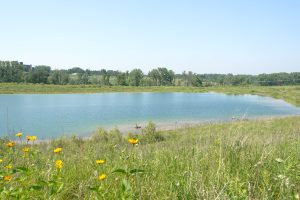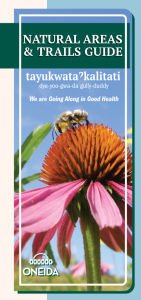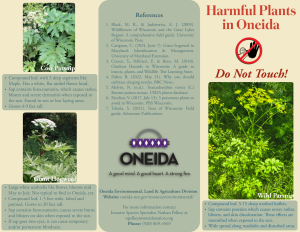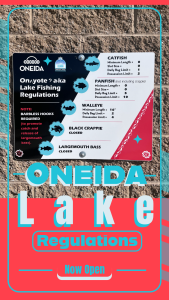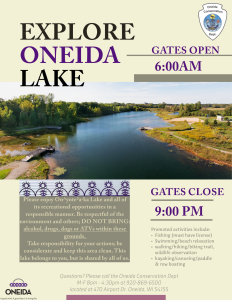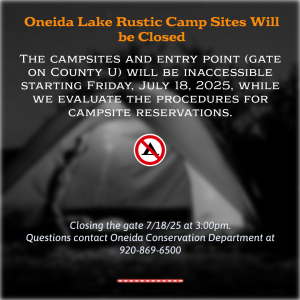Enjoying the Outdoors
Natural Areas Guides & Resources
Enjoy, Explore and Embrace Oneida!
View and print our map featuring the Oneida Reservations 19 trails and 9 natural areas. Included on the map are a legend denoting the features and allowed activities of all trails and natural areas. Explore the natural wonders of our land, find your favorite fishing hole, and discover nature on walking and biking trails. Tribal lands are for the exclusive use of Oneida Tribal Members.
Folded map printed on heavy duty paper are available by contacting apowles7@oneidanation.org with your mailing address.
Oneida Trails Map Guide
The natural resources of the Oneida Nation are a valued and essential component to our people and their distinct way of life. The use of the trails and natural areas provide a prime opportunity to promote an active lifestyle and to enjoy the natural world. The protection and enhancement of the natural resources is one of the Nation’s highest priorities for our community and future generations. With this in mind, the Nation would like to “Invite Our People Back to Our Land” and experience the interaction with nature, new respect for the land, and knowledge of the existing environmental communities. Copies available by contacting apowles7@oneidanation.org with your mailing address.
*Motorized Vehicle Disclaimer– Many Oneidas Natural Areas are NOT open to motorized vehicles usage. Please contact Oneida Conservation at (920) 869-6500 prior to use of an ATV or snowmobile to be sure the area is currently open to such use.
* NOTE As of Feb 2015 Site 2 and Foxtails are currently closed to motorized vehicles at this time.
Find the historical 2006 Natural Areas and Trails Guide here 40341 trails guide_06
Harmful Plants of Oneida Brochure
Oneida Nation Wildlife
BIRDS
The diversity of habitats from wetlands to upland forest provides breeding and refuge for nearly 200 bird species on the Reservation. In addition to the game species like pheasants, wild turkeys, and ruffed-grouse, large numbers of nongame species live here year round while some make use of the area in migration and others make the Reservation their winter home. Many of the bird species making use of Reservation habitats for breeding are becoming rare elsewhere. These include wetland birds such as great egrets, pied-billed grebes, black terns, and least bitterns; grassland birds such as bobolinks, eastern meadowlarks, vesper sparrows, field sparrows, and sedge wrens; and forest birds like the eastern wood peewee, gray catbird, mourning warbler, American redstart, Baltimore oriole, and scarlet tanager.
BUGS & INSECTS
Wonder about the biological health of a Reservation stream, lake or wetland?
The Oneida Nation Water Resources Program, in addition to monitoring water quality and fish communities, also monitors the aquatic invertebrates, or “bugs”, annually at several sites on the Reservation. We compile the information and use to see where we are at in restoring these waters.
Have a “bug” you need identified? Although we do not monitor for terrestrial bugs, or bugs that live on land, we can usually tell you what they are if you bring them in.
Fish
Oneida waters have a great variety of fish. Efforts continue to increase the numbers and varieties for the community to harvest.
Amphibians
The Oneida Reservation’s large blocks of diverse wetlands surrounded by natural uplands provide habitats for at least half a dozen amphibian species. Some species require dry uplands for most of the year (wood frog, tree frog), wintering on the ground’s surface and breeding in unpolluted ponds lacking predatory fish. Some species (leopard frog, spring peeper, green frog), spend their winters in the mud associated with wetland ponds or streams.
Long term maintenance of unpolluted wetland ponds and surrounding upland habitats are critical to ensure that amphibian diversity will continue for future generations to enjoy.
Reptiles
Large numbers of reptile species make their homes in a variety of wetland habitats. Many reptile species are declining throughout their range due to habitat loss, pollution, conflicts with human development and chemical use. At least two turtle species that breed on the Reservation are on Wisconsin’s threatened list as are several of the snake species that live here. Reptiles are sometimes thought of as ‘creepy’, but all species contribute to the matrix of life. Each species lost leads us closer to a breakdown of our natural ecosystems. Protecting all these species is critical for a healthy system.
MAMMALS
The Oneida Reservation is the year-round home for dozens of mammal species. From star-nosed moles to ground squirrels, voles to otters, raccoons to tree squirrels.
Onyota'aka Lake (Oneida Lake)
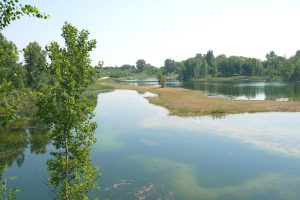 Enjoying your visit
Enjoying your visit
Onyota’aka Lake has been closed to the public and under construction to increase its size, improve recreation opportunities and add additional amenities that will include park equipment and complete camping opportunities as the lake site continues to develop in the future. When open, we want to keep the property safe and enjoyable for all users and remind all of the following:
- Use of alcohol and fireworks/open fires is prohibited
- Use of any motor vehicles on grounds, except where permitted is prohibited The Oneida Nation has many resources and strives to create a beautiful and healthy environment for our community. Yaw^ko and enjoy your summertime activities!
Violations of any of these prohibitions, or others including leaving rubbish, bringing domestic animals or damage to property may carry forfeitures of $300 – $900.
Oneida Lake Fishery Info
The Water Resources program conducted the first fishery survey of Oneida Lake in early June 2016, with the cooperative assistance of fisheries biologists from the US Fish and Wildlife Service – Green Bay Fish and Wildlife Conservation Office. The purpose of the survey was to develop baseline information to help guide decisions about fishing regulations and future stocking efforts.
Culturally Significant Plants
If you are interested in learning more about the Culturally Significant Plants in Oneida, click the link below.
- You will find a web version of a field guide, revised edition. In it is the Table of Contents, Bibliography, Glossary, Index and story of how the Bear Clan became keepers of the medicine.
- Note: It is important to read the disclaimer as this information “is not to replace of medical advise or professional assistance required, the service of a competent medical professional person should be sought.”

